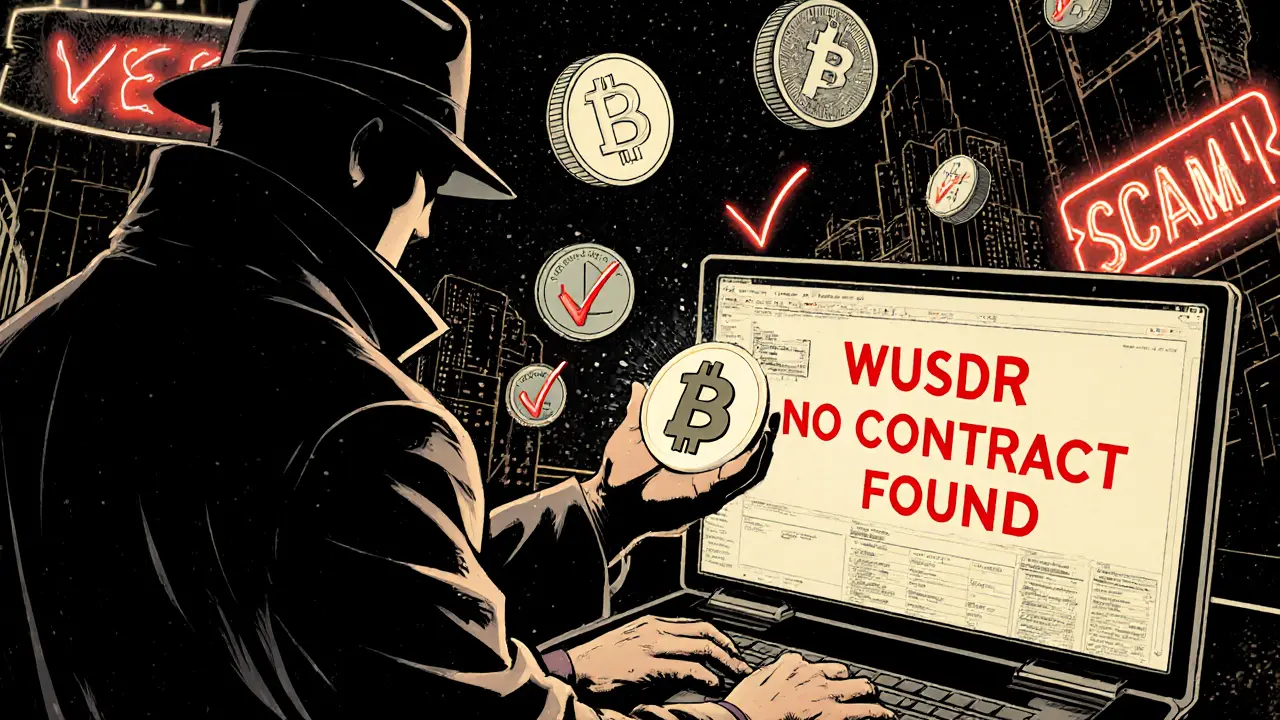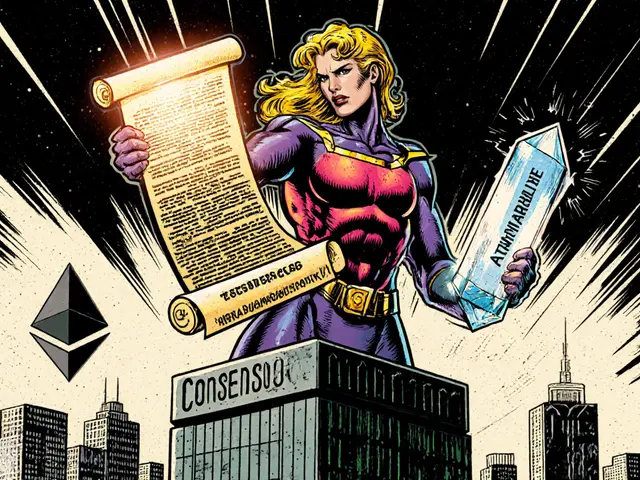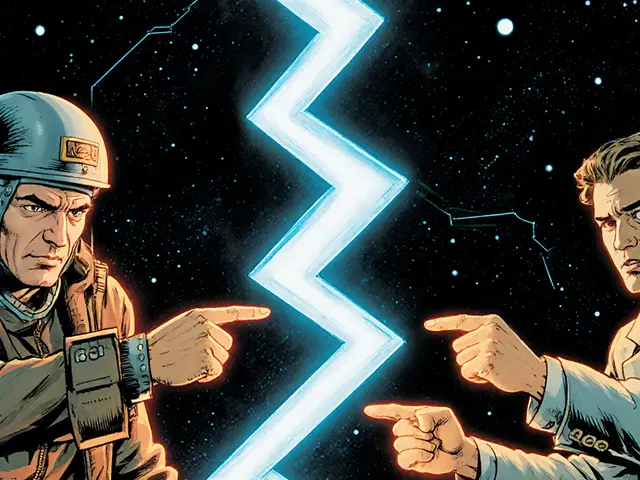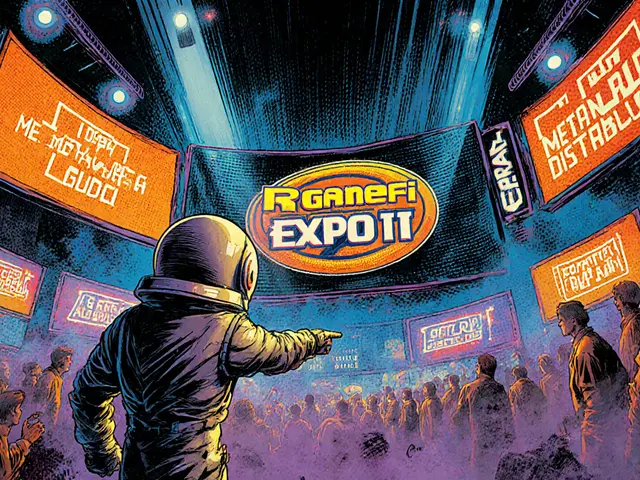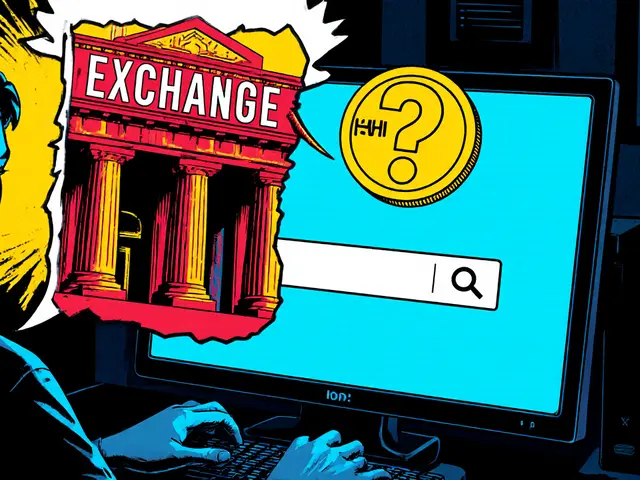Wrapped USDR: What It Is, How It Works, and Why It Matters
When you hear Wrapped USDR, a tokenized version of the USDR stablecoin adapted to work on Ethereum and other blockchains. Also known as wUSDR, it lets users move value between chains without giving up the stability of a fiat-backed asset. Wrapped tokens like this aren’t magic—they’re bridges. They take a token from one blockchain and lock it up, then issue an equivalent version on another chain. That’s how USDR, which might originally live on a private ledger or a different network, becomes usable in Ethereum-based DeFi apps like lending platforms, DEXs, or yield farms.
Wrapped tokens rely on trusted custodians or smart contracts to hold the original asset and mint the wrapped version. This means ERC-20 tokens, the standard for tokens on Ethereum that enable interoperability across wallets and dApps are key here. Wrapped USDR follows that standard, so it can be stored in MetaMask, traded on Uniswap, or used as collateral in Aave. But it’s not just about compatibility—it’s about access. Without wrapped versions, stablecoins like USDR would be stuck on their native chains, useless to the vast majority of DeFi users who operate on Ethereum or compatible networks.
That’s why blockchain interoperability, the ability for different blockchains to communicate and transfer value securely matters so much. Projects like Wrapped USDR are practical solutions to a real problem: fragmentation. If you hold USDR on a centralized platform but want to earn yield on a decentralized protocol, you need a wrapped version. It’s not about replacing the original—it’s about extending its reach. And that’s exactly what makes wrapped tokens so common in DeFi: they turn isolated assets into usable currency across ecosystems.
But wrapped tokens aren’t risk-free. They depend on the security of the wrapping mechanism. If the custodian gets hacked or the smart contract has a flaw, your wrapped USDR could lose its peg—or worse, vanish. That’s why you’ll see posts here breaking down real-world examples like Wrapped Accumulate (WACME), where low liquidity and minimal adoption make these tokens more of a technical tool than a solid investment. Wrapped USDR might be more stable, but the same principles apply: always check who’s holding the backing assets, how often audits happen, and whether the token has real trading volume.
You’ll find posts here that dig into how tokens like these connect to broader trends—like why institutions still hesitate to touch DeFi, how regulatory moves in places like Kazakhstan or Bolivia affect token usage, or how node synchronization keeps entire networks running smoothly. These aren’t random topics. They’re all part of the same system: a decentralized finance world where tokens move, get wrapped, get traded, and sometimes disappear. Wrapped USDR sits right in the middle of it.
Below, you’ll see real reviews, deep dives, and risk analyses of tokens and platforms that operate in this space. Some are legit. Some are scams. All of them show how wrapped assets like USDR are changing how money moves—whether you’re a trader, a developer, or just trying to keep your crypto safe.

